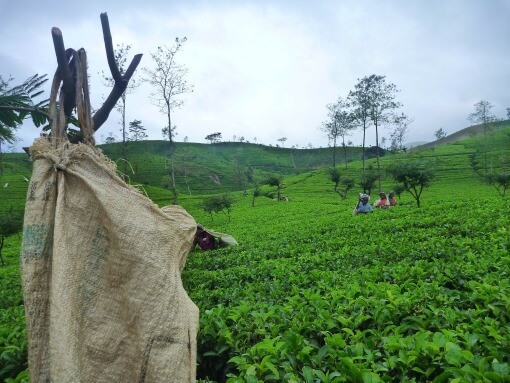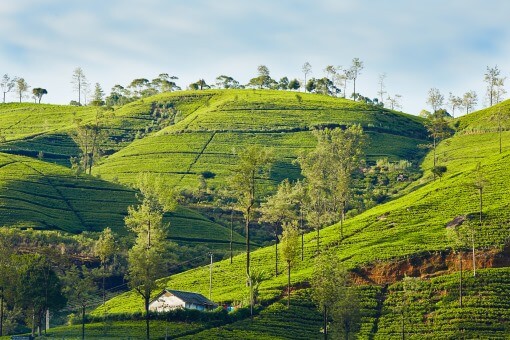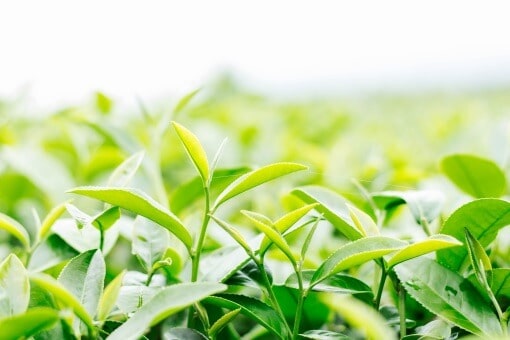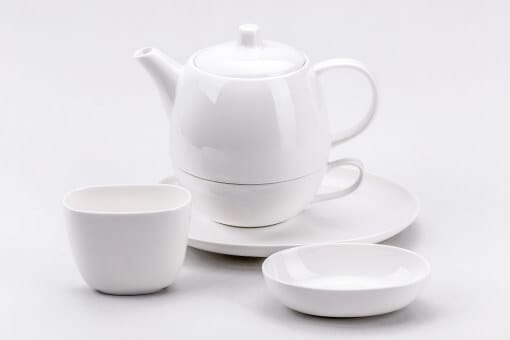No Results Found
The page you requested could not be found. Try refining your search, or use the navigation above to locate the post.
The page you requested could not be found. Try refining your search, or use the navigation above to locate the post.
The page you requested could not be found. Try refining your search, or use the navigation above to locate the post.
The page you requested could not be found. Try refining your search, or use the navigation above to locate the post.
The page you requested could not be found. Try refining your search, or use the navigation above to locate the post.
On orders over 599 kr.
2 – 5 business days

You may not be familiar with the term Ceylon tea, possibly because you have never heard of the country Ceylon.
Ceylon was the name of the 65,610 square kilometer island, south of India, we know today as Sri Lanka, which in addition to its large tea production is also known for its unique nature.
Ceylon only officially became Sri Lanka in 1972 and any tea that comes from Sri Lanka can therefore be called a Ceylon tea.
Tea production in this country is huge, accounting for over 1.5 billion dollars worth of global tea sales.
Sri Lanka’s excellent terrain and temperature make it an ideal place to grow this tea.
The Sri Lankan tea comes in three flavors – black, green and white.


Sri Lanka has 11 tea producing regions, the most famous of which are Uva, Nuwara Eliya and Dimbulla.
Uva is perhaps the most famous tea-producing region in Sri Lanka.
It is located in central Sri Lanka, east of both Nuwara Eliya and Dambulla.
The Uva region produces black teas with a particularly sweet taste and exotic, woody aroma that can handle a little milk without losing its flavor.
Some white teas are also produced in Uva.
Nuwara Eliya is the highest tea producing area in Sri Lanka.
It is also located in the center of the island, west of Uva and north of Dambulla.
This area produces tea with a delicate, floral fragrance and bright, fresh taste.
Nuwara Eliya’s high-altitude teas are extraordinary and good as iced tea, and can be served with a slice of lemon.
Dambulla is a tea-producing region in central Sri Lanka.
It is the southernmost of the three known regions.
This is a region with many hillsides and varies the tea areas in altitude, which also affects the flavor, which contains many nuances.
Some teas are full-bodied while others are delicate, though most are soft in flavor.
Other tea growing regions in Sri Lanka include Badulla, Galle, Haputalle, Kandy, Maturata, Ratnapura, Ruhuna and Uda Pussellawa.
Ceylon tea, renowned for its distinct flavours and vibrant aroma, originates from Sri Lanka. This comprehensive guide explores its rich history, meticulous production methods, and unique characteristics, making it essential for tea enthusiasts and industry professionals alike.
Ceylon tea, originating in Sri Lanka, has a storied past marked by colonial influence and trade. Its impact on global tea culture and local communities is profound, reflecting a unique blend of tradition and modernity.

Ceylon tea is made from the same tea plant as white, green, black and oolong tea.
This is precisely why it comes in different flavors.
What affects the taste and makes this tea so special is that the way it is made and the impact on the flavor is influenced by the environment the plant grows in; eg.
soil conditions, altitude and weather.
The manufacturing process itself can generally be divided into the following steps
Step 1 – Harvesting leaves and shoots.
Every leaf and shoot is hand-picked by workers.
Ensuring that only the best leaves and shoots end up in the final harvest.
Step 2 – Once the leaves are harvested and back in the factory, they are spread out over a long wide tray and treated with hot air for up to 18 hours.
This helps to remove unnecessary moisture.
Step 3 – The leaves are then rolled to release and remove the natural chemicals and liquids that promote fermentation.
This process can be repeated more than once.
Step 4 – The next step is to spread the leaves out on open trays to facilitate the oxidation process.
This helps to act as a catalyst to bring out the aromas and flavors of the tea.
Step 5 – The leaves are then placed in ovens to close the pores in the leaves, which also helps to stop oxidation.
Step 6 – When the leaves come out of the oven, they are sorted by size and categorized into different types of tea.
Step 7 – In this step, you send the pre-packed teas to our company.
The preparation instructions listed here are for loose leaf teas in bulk.
You should always follow the instructions that come with the tea.
The best temperature for brewing this tea is 90-95ºC, which is just below boiling point.
The water should therefore not boil.
You can boil the water using either a stove or an electric kettle.
The most important thing is that the temperature never exceeds the indicated temperature.
Ceylon black tea can be brewed in a variety of pots, but ideally we would recommend using a ceramic teapot First fill both teapot and cups halfway with hot water to preheat them before you start.
Tilt them slightly so the water creeps up the side and then rotate them so the insides get wet all the way around.
Then pour out the water.
Feel free to experiment with the brewing time and conditions to find exactly the flavor that suits you.
It is often individual which brewing method you use.
